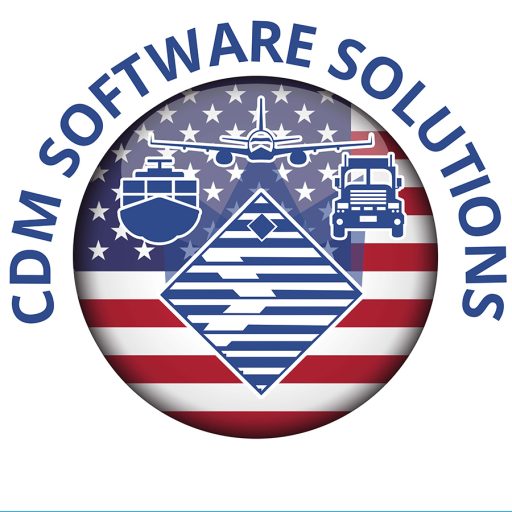In the logistics and supply chain industry, Transportation Management Systems (TMS) are essential tools that streamline and optimize the transportation of goods. However, not all TMS software is created equal. The difference between good and bad TMS software can significantly impact a company’s efficiency, cost-effectiveness, and customer satisfaction. This article explores the key factors that distinguish top-tier TMS software from subpar options.
Comprehensive Feature Set
Good TMS:
High-quality TMS software offers a comprehensive suite of features that cover all aspects of transportation management. This includes route optimization, load planning, carrier selection, freight audit and payment, real-time tracking, and performance analytics. These features help businesses manage their logistics operations more effectively, reducing costs and improving service levels.
Bad TMS:
Poor TMS software often lacks critical features or offers only basic functionalities. This can lead to inefficiencies and increased manual work, as companies may need to use additional tools or manual processes to fill in the gaps. Such software fails to provide a holistic solution, limiting the ability to optimize transportation operations fully.
Scalability and Flexibility
Good TMS:
Top-tier TMS solutions are scalable and flexible, capable of growing with a business. They can handle increased volumes of shipments, new locations, and additional carriers without compromising performance. Furthermore, they offer flexible integration with other systems like ERP, WMS, and CRM to ensure seamless operations.
Bad TMS:
Inferior TMS software often struggles with scalability, leading to performance issues as the business grows. These systems may also lack flexibility in terms of integration with other software, resulting in siloed data and inefficient processes. Companies using such TMS may find themselves needing to upgrade or replace their system sooner than anticipated.
Advanced Analytics and Reporting
Good TMS:
Effective TMS software provides advanced analytics and reporting capabilities, offering insights into transportation performance, cost analysis, and key performance indicators (KPIs). These analytics help businesses make data-driven decisions, identify areas for improvement, and optimize their logistics operations.
Bad TMS:
Bad TMS solutions often provide limited or basic reporting capabilities, lacking the depth and customization needed for detailed analysis. Without advanced analytics, companies miss out on valuable insights that could help improve efficiency, reduce costs, and enhance service quality.
Real-Time Visibility and Tracking
Good TMS:
Real-time visibility and tracking are crucial features of good TMS software. They enable companies to monitor shipments in real-time, providing updates on the location and status of goods. This visibility allows for proactive issue resolution, better customer communication, and improved overall service.
Bad TMS:
Subpar TMS software may offer delayed or inaccurate tracking information, leading to uncertainty and inefficiencies. Poor visibility can result in missed delivery windows, dissatisfied customers, and increased operational costs due to the lack of timely information.
Strong Customer Support
Good TMS:
Excellent customer support is a hallmark of good TMS providers. They offer timely and effective assistance, comprehensive training resources, and ongoing support to ensure their clients can make the most of the software. Good support helps businesses quickly resolve issues and maintain smooth operations.
Bad TMS:
Poor TMS providers often offer inadequate customer support, with slow response times and limited resources. This can leave businesses struggling to resolve issues on their own, leading to downtime, frustration, and lost productivity.
Choosing the right TMS software is critical for the success of transportation and logistics operations. Good TMS software stands out with its comprehensive feature set, user-friendly interface, scalability, advanced analytics, real-time visibility, and strong customer support. In contrast, bad TMS software falls short in these areas, leading to inefficiencies, higher costs, and lower service quality. By carefully evaluating these factors, businesses can select a TMS solution that enhances their operations and drives growth.

